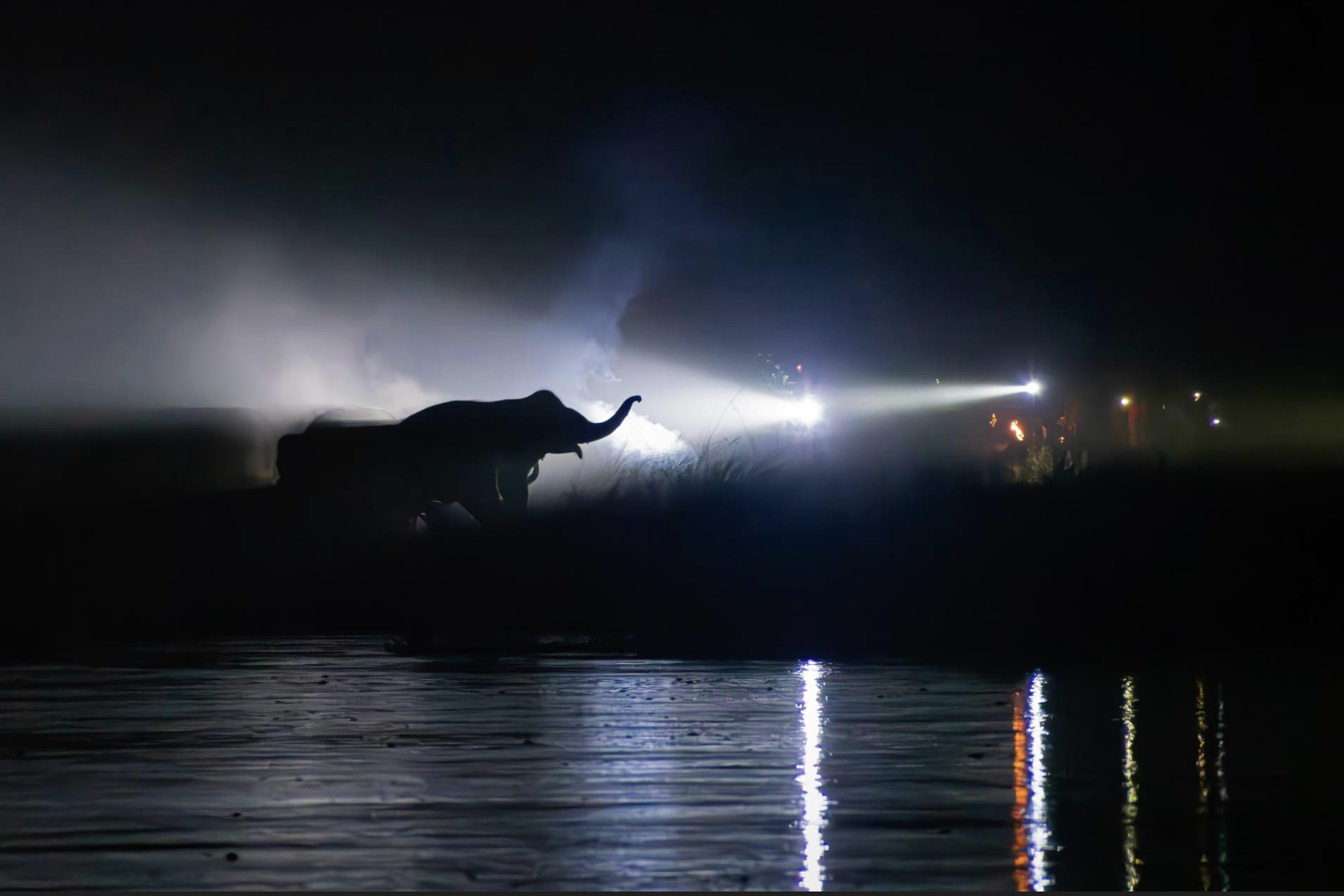Canon is developing a sensor with a twist. Literally!
Meet the 'twisted-photodiode image sensor': Canon's potential next-generation autofocus system

Late last year Canon revealed at the 2023 IEDM (International Electron Devices Meeting) that it's working on a new design of image sensor. The technology is a development of Canon's existing dual-pixel autofocus sensor technology. Launched in 2013 in the EOS 70D, DPAF improves autofocus speed when using contrast-detect AF. Around 80% of the pixels on the image sensor incorporate two separate light-sensitive photodiodes. The signal from these is combined when capturing an image, but can be split during autofocussing, so the camera can measure the difference between the two individual signals to determine the distance of your subject more quickly. It's proven to be an effective way to speed up contrast-detect AF, as without DPAF such focussing can be prone to focus hunting.
Read more: What is Dual pixel AF and why is it important?
However, while current DPAF sensors are very good at autofocus accuracy, there is room for improvement. The system works best when focussing on subjects which are aligned in a significantly different orientation to the horizontal left:right split of the pixels. Should you happen to be focussing on a horizontally aligned subject, the difference in signal data between the two photodiodes is minimal, and PDAF becomes much less effective.
This issue can be resolved by instead splitting each pixel into four photodiodes, resulting in Quad Pixel AF, or as Canon latest development paper calls it: "Cross Dual-Pixel Twisted-Photodiode Image Sensor for All-Directional Auto Focus". This sensor is said to provide faster and more accurate autofocussing in low light conditions, thanks to twisting the alignment of the sensor's photodiodes. The twisted-photodiode image sensor stacks two identical photodiodes, one oriented to capture horizontal patterns and the other rotated ninety degrees to capture vertical patterns. This arrangement should enable the sensor to quickly and accurately detect subjects, regardless of their orientation within the image frame.
An added advantage to simply twisting the alignment of a percentage of the sensor's photodiodes (rather than developing an entirely new diode structure) is that the overall data generated by all the photo diodes requires no additional image processing power, thereby maintaining high AF speed.
As yet this technology is very much in the development stage, and there is no word on when (or even if) it might appear in a consumer camera.
Story credit: Image Sensors World
The best camera deals, reviews, product advice, and unmissable photography news, direct to your inbox!
Ben is the Imaging Labs manager, responsible for all the testing on Digital Camera World and across the entire photography portfolio at Future. Whether he's in the lab testing the sharpness of new lenses, the resolution of the latest image sensors, the zoom range of monster bridge cameras or even the latest camera phones, Ben is our go-to guy for technical insight. He's also the team's man-at-arms when it comes to camera bags, filters, memory cards, and all manner of camera accessories – his lab is a bit like the Batcave of photography! With years of experience trialling and testing kit, he's a human encyclopedia of benchmarks when it comes to recommending the best buys.

